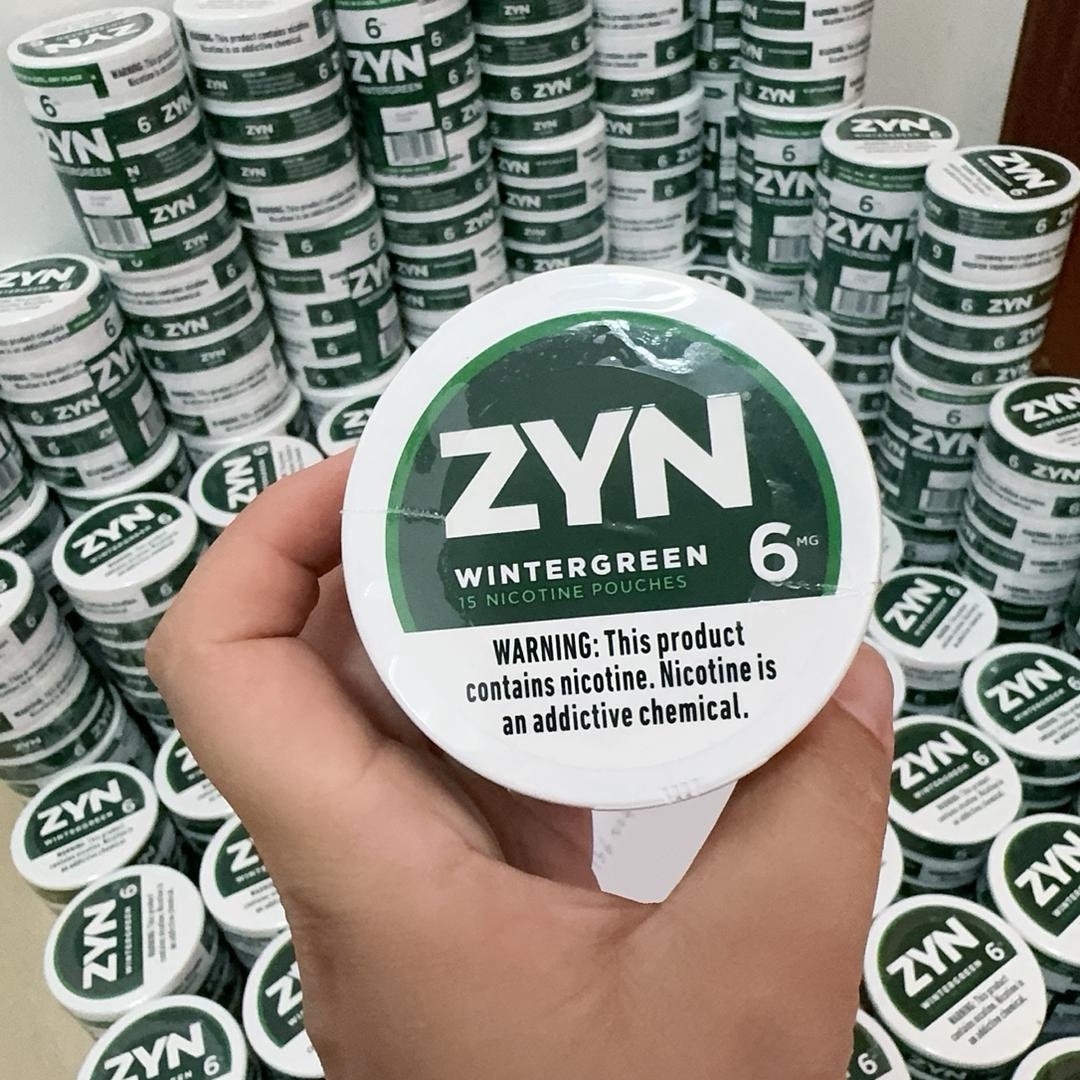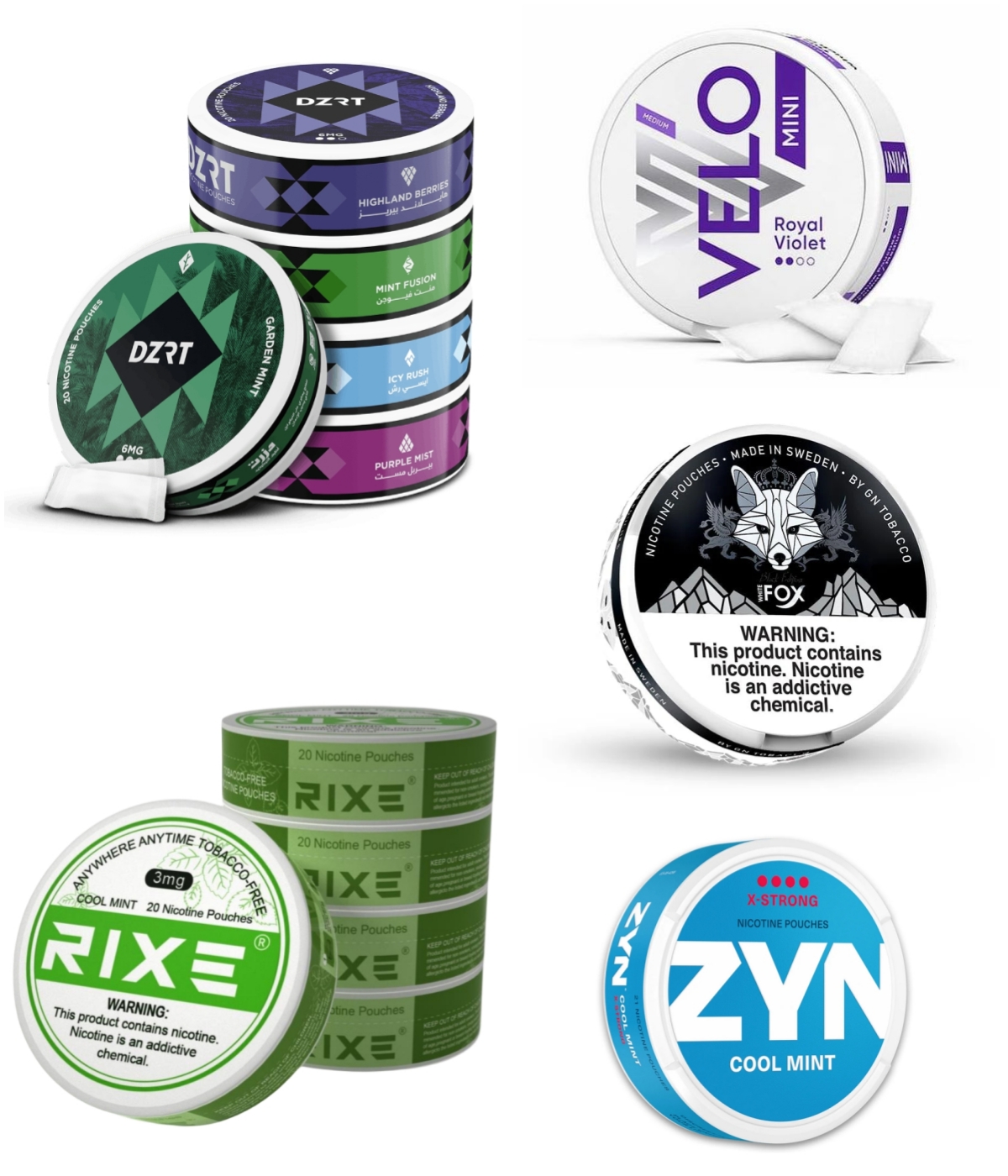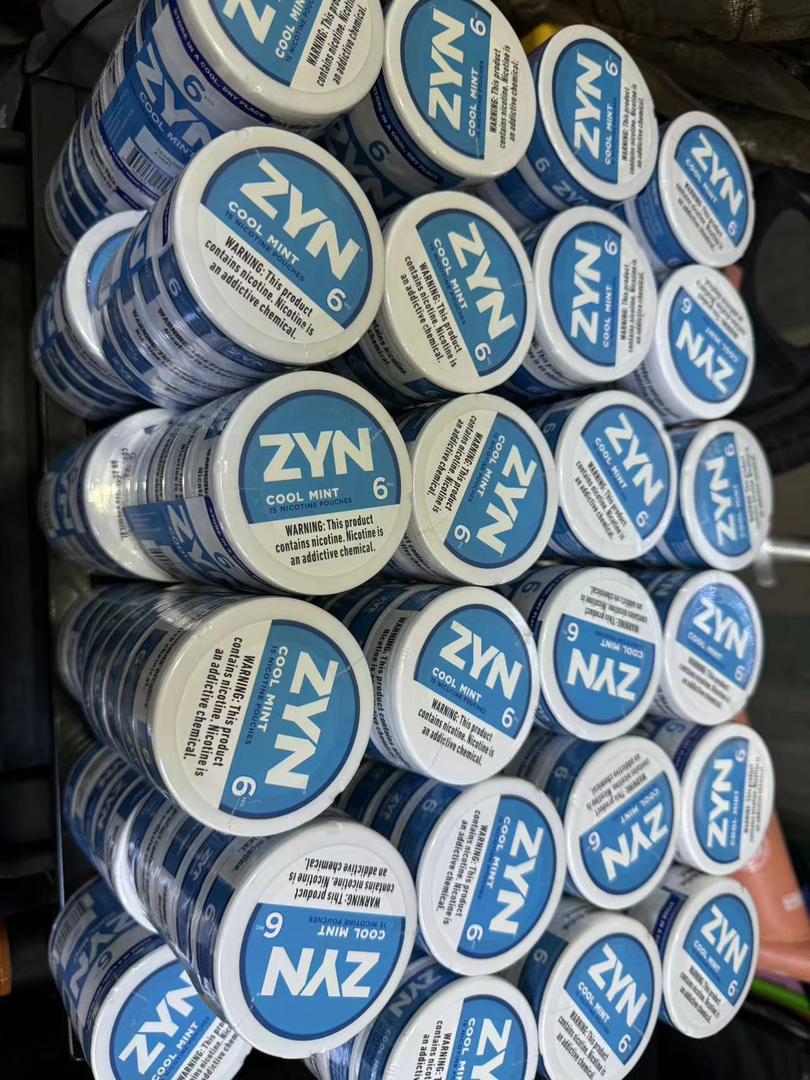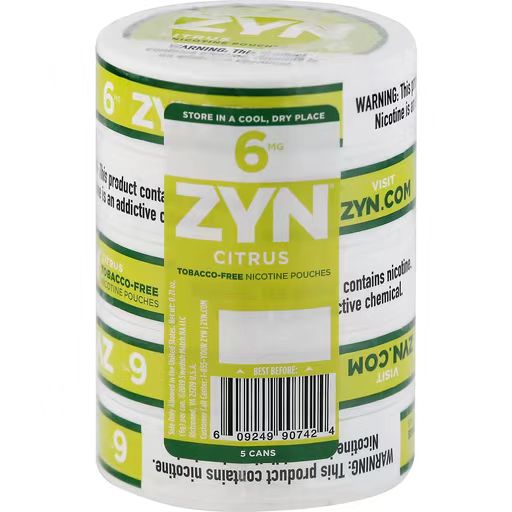1. Prevent inrush currents when capacitors are energized. When a capacitor is first connected to the power supply, it can experience a large inrush current. According to IEC 831, the formula for calculating the inrush current (Is) is: Is = In × √2S/Q. - Is: Inrush current when the capacitor is switched on (A) - In: Rated current of the capacitor (A) - S: Short-circuit power (MVA) at the installation point - Q: Capacitor rating (Mvar) To reduce this inrush current in low-voltage circuits, you can use one or more of the following methods: - Install a series reactor - Increase the switching capacitor's capacity - Use a dedicated contactor designed for capacitors 2. Avoid harmonic resonance effects. Since a capacitor circuit forms an LC circuit, it can resonate with certain harmonics, leading to harmonic amplification and increased voltage and current. To prevent this, a reactor with a specific inductance can be added. The reactor’s percentage (K) depends on the harmonic content: - If the 5th harmonic is high and the 3rd is not, choose K = 4.5% - If the 3rd harmonic is dominant, use K = 12% - If harmonics are low, K = 0.5% is sufficient 3. Prevent self-excitation. When a capacitor is used to compensate reactive power locally for a motor, it is directly connected in parallel. After the power is turned off, the motor may continue to rotate due to inertia, and the capacitor's discharge current can act as an excitation current. If the compensation capacitor is too large, it might cause the motor to generate voltage and operate as a generator. To avoid this, ensure that the compensation capacity (Qc) is less than the motor's no-load capacity. A common rule is to use Qc = 0.9 × 3UI0. - Qc: Compensation capacitor capacity - U: System voltage - I0: Motor no-load current These measures help maintain system stability, protect equipment from damage, and ensure efficient and safe operation of capacitor installations.




ZYN FOX VELO Pouches
Shenzhen Yingyuan Technology Co.,ltd , https://www.yingyuanvape.com
